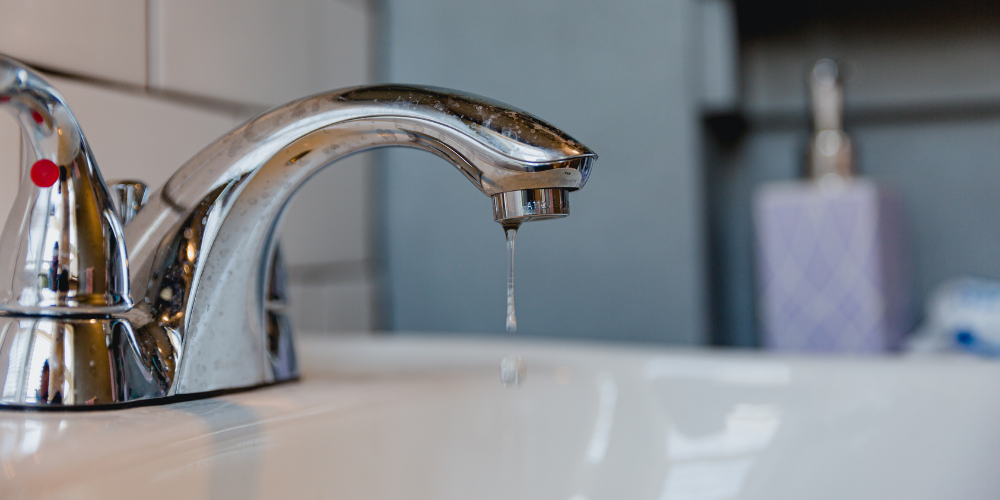Why Low Water Pressure Happens (and What You Can Do About It)
Few things are more frustrating than stepping into the shower only to be met with a disappointing trickle of water. Low water pressure can make everyday tasks like washing dishes, doing laundry, or filling the bathtub painfully slow. But what’s behind the weak flow — and what can you do about it?
Whether it’s a whole-house issue or just affecting one fixture, let’s explore the common causes of low water pressure and what steps you can take to get things flowing again.
🛠️ 1. Buildup in Pipes
Over time, minerals and debris (especially in areas with hard water) can accumulate inside your plumbing. This buildup narrows the diameter of your pipes, reducing the flow of water — much like clogged arteries in the human body.
What you can do:
If you suspect buildup, a plumber can inspect your pipes and recommend flushing, descaling, or in more serious cases, repiping older sections of plumbing.
🚰 2. Old or Corroded Pipes
Seattle’s older homes often have galvanized steel pipes, which are highly susceptible to corrosion over time. As the interior rusts and deteriorates, it restricts water flow and can even lead to leaks.
What you can do:
If your home was built before the 1970s and still has galvanized pipes, consider upgrading to copper or PEX. A licensed plumber can assess your system and recommend the best solution.
💧 3. Faulty Fixtures or Faucets
Sometimes low water pressure is limited to a single faucet or showerhead. In these cases, it’s often a clogged aerator or mineral buildup in the fixture itself.
What you can do:
Unscrew the aerator or showerhead and soak it in vinegar to dissolve mineral deposits. If that doesn’t help, replacing the fixture might do the trick.
🧼 4. Clogged Water Filter or Pressure Regulator
Homes with whole-house water filtration systems or pressure regulators can experience low pressure if those components are clogged, broken, or incorrectly set.
What you can do:
Check and clean or replace your filters regularly. If you have a pressure regulator, it may need adjusting — but don’t try to fix it unless you know how. A plumber can safely inspect and calibrate it.
🌳 5. Leaks in the Plumbing System
Leaks don’t just waste water — they can drastically reduce pressure, especially if they’re located in main lines or hidden within walls or crawl spaces.
What you can do:
Watch for signs like damp spots, water stains, or a sudden spike in your water bill. A pressure test or leak detection service can help identify the source quickly.
🏢 6. Municipal Water Supply Issues
Sometimes the problem isn’t inside your home at all — it could be coming from the city’s side. Nearby construction, water main breaks, or high demand in your neighborhood can lead to temporary drops in pressure.
What you can do:
Ask your neighbors if they’re experiencing the same issue. If they are, contact Seattle Public Utilities to report it or check if maintenance work is underway.
⚠️ When to Call a Pro
Low water pressure can be more than just an inconvenience — it can be a symptom of a larger problem, especially in older homes or when the issue is affecting the entire house.
👉 At All Phase Plumbing, we offer thorough diagnostics and professional solutions to restore strong, consistent water flow. Whether it’s a small fix or a major upgrade, we’ll get to the root of the issue and have your plumbing working like it should.
📞 Need Help With Low Water Pressure in Seattle?
Don’t settle for weak showers and slow sinks. Let our team at All Phase Plumbing help you identify the cause and fix it right the first time. We’re Seattle’s go-to experts for everything from fixture repairs to whole-home plumbing upgrades.
Contact us today for fast, reliable service — and say goodbye to low water pressure for good.

